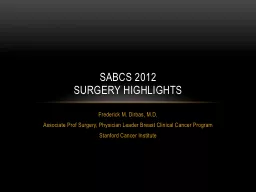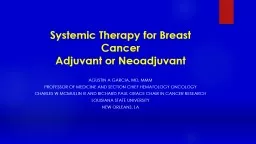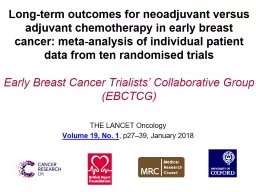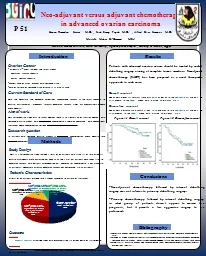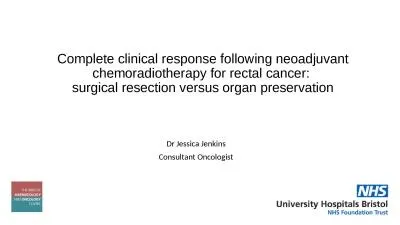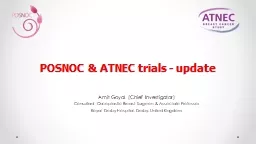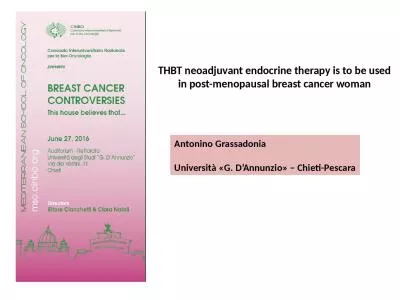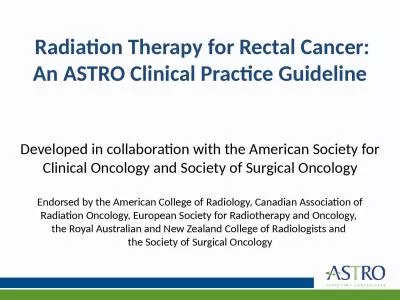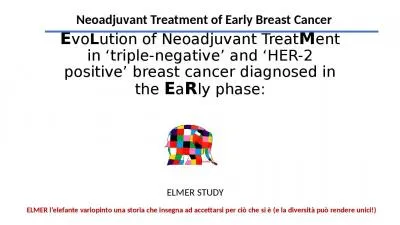PPT-Neoadjuvant Therapy for
Author : celsa-spraggs | Published Date : 2018-02-27
Triple Negative Breast Cancer Steven J Isakoff MD PhD DanaFarber Harvard Cancer Center Massachusetts General Hospital Cancer Center August 19 2017 sisakoffpartnersorg
Presentation Embed Code
Download Presentation
Download Presentation The PPT/PDF document "Neoadjuvant Therapy for" is the property of its rightful owner. Permission is granted to download and print the materials on this website for personal, non-commercial use only, and to display it on your personal computer provided you do not modify the materials and that you retain all copyright notices contained in the materials. By downloading content from our website, you accept the terms of this agreement.
Neoadjuvant Therapy for: Transcript
Download Rules Of Document
"Neoadjuvant Therapy for"The content belongs to its owner. You may download and print it for personal use, without modification, and keep all copyright notices. By downloading, you agree to these terms.
Related Documents


